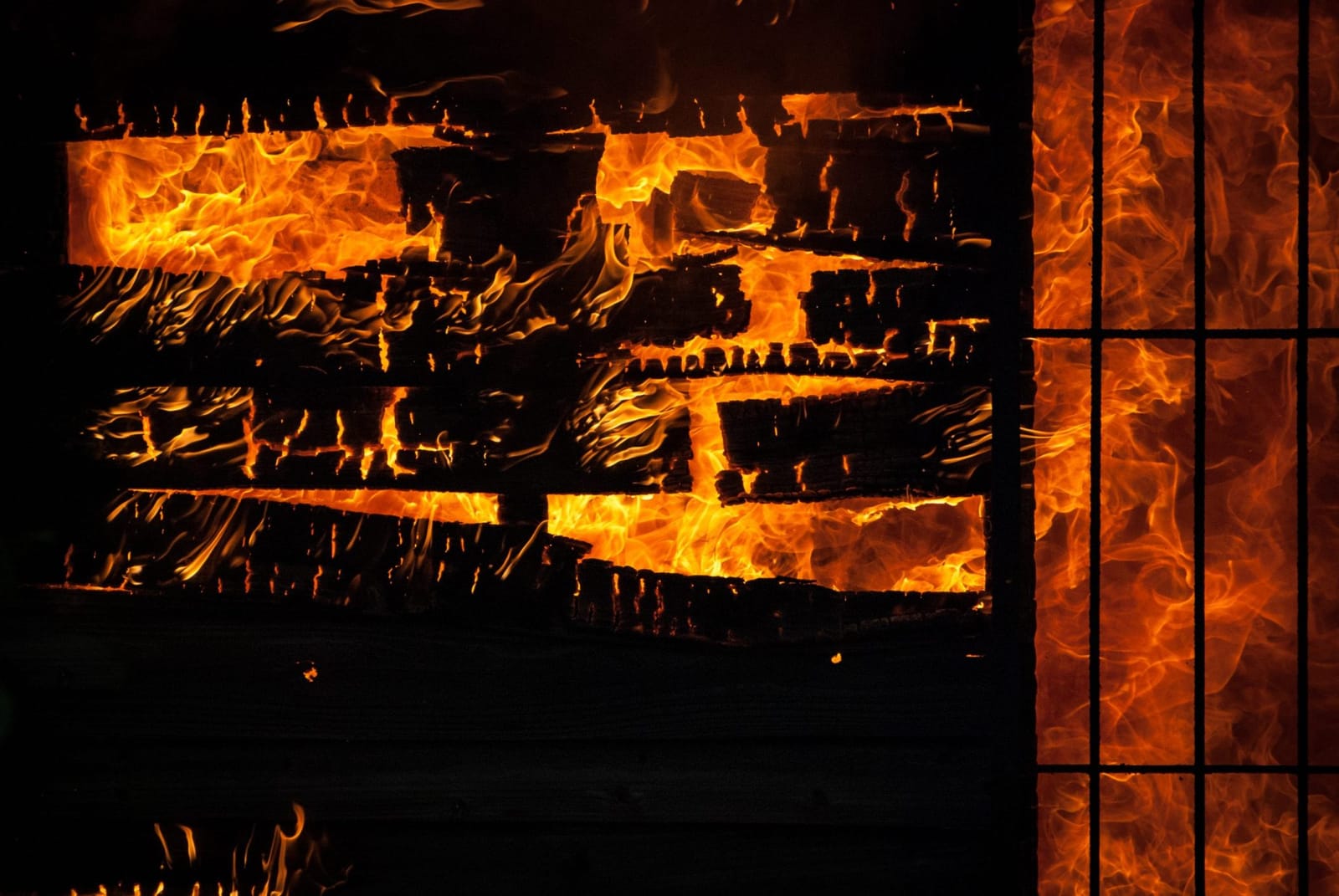It sneaks up softly, then twists sharply: the realization that it’s going to be another sleepless night. There’s a rhythm to it. First, the tossing and denial, the hours spent skating across near-sleep, chasing the trails of happy thoughts and better times. Then comes the metallic twitch when it’s clear the brain will not tire itself out. So I sat on the sofa in the living room gloom and looked at my watch. October 30.
Devil’s Night. That’s what they called it in Detroit for a decade or two. Growing up just north of Eight Mile Road, I remember the anxiety that gripped the city in the 80s and 90s around this time of year, how the six o’clock news would advertise the number of houses that burned. This was my first understanding of how media hysteria works, the way it creates a dark scoreboard with a record begging to be broken. By the late 90s, the fires began to fade, thanks to volunteer patrols who rebranded it as Angel’s Night.
A few years ago, I mentioned Devil’s Night to my students in New York—a class of undergrads from all corners—and they blinked at me, uncomprehending as I explained it was a night devoted to setting buildings on fire. “But why?” they asked.
This morning I read an article about upscale retailers who are boarding up their windows for the election, bracing for bedlam. Maybe this is the new state of democracy in the USA. But hopefully it’s just half-heat and vapor, the result of media-manufactured anxiety that spreads like a virus.





